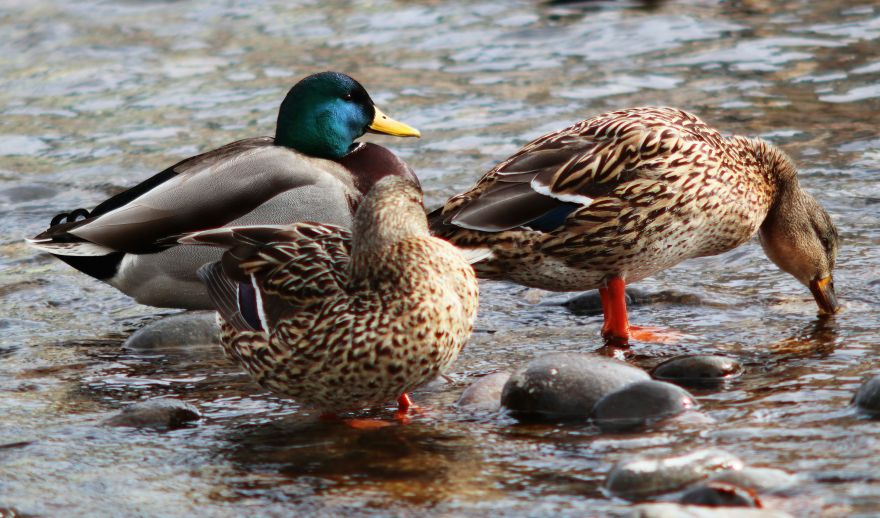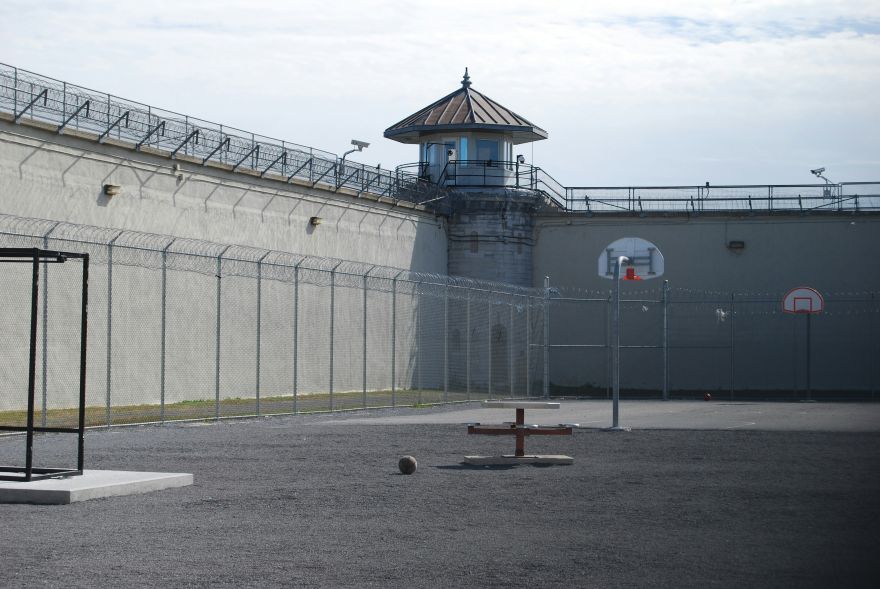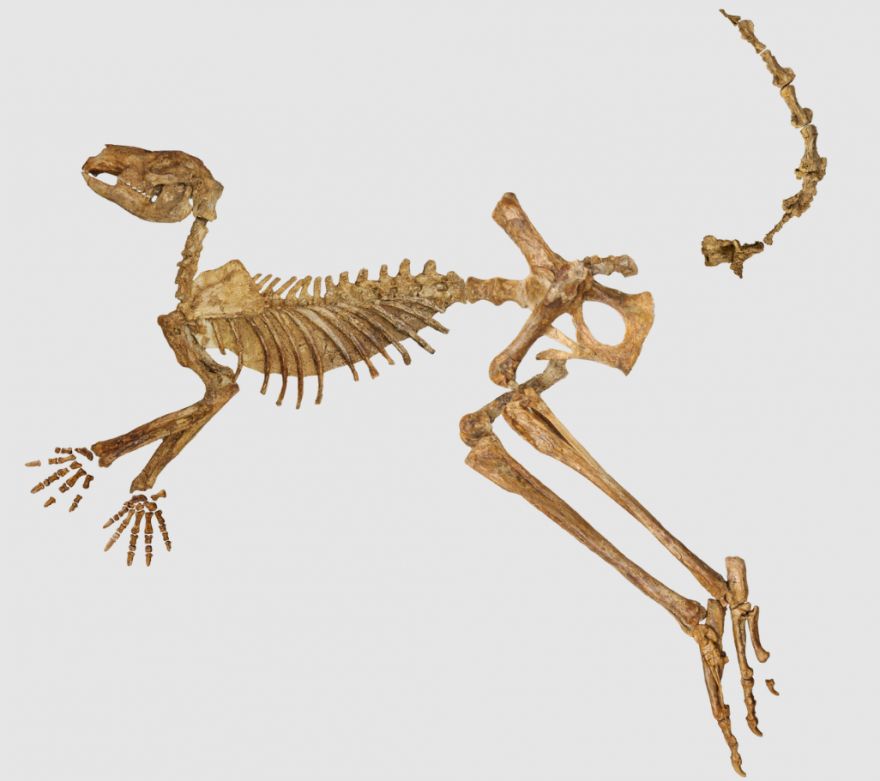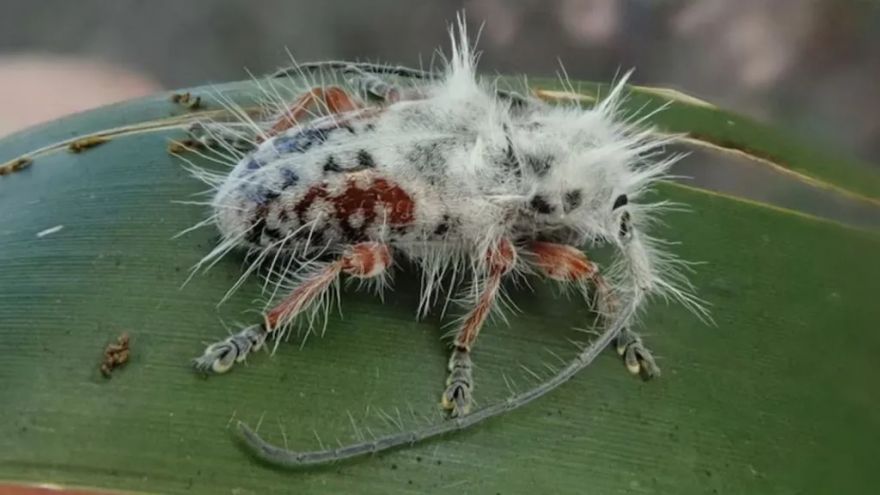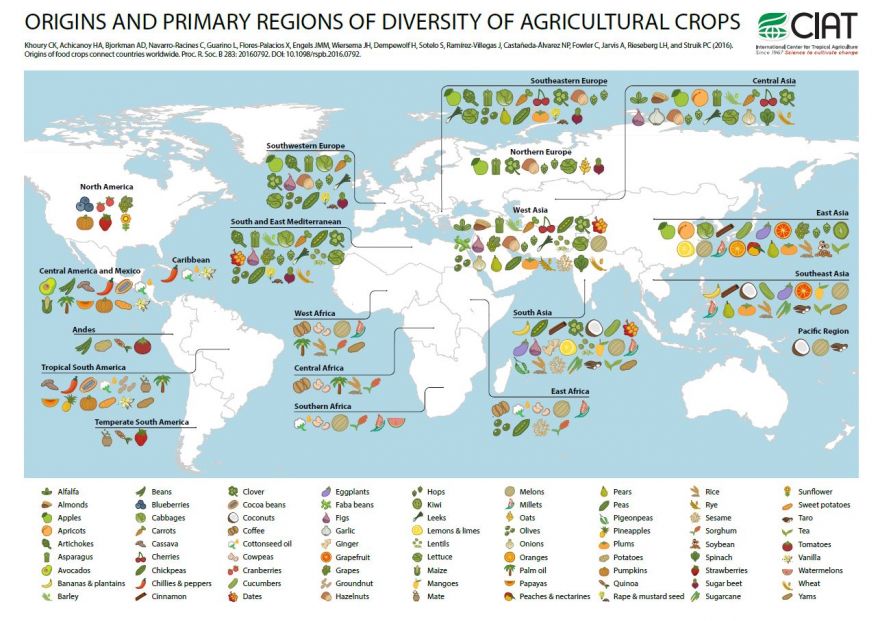
The recent floods experienced in Dubai and Sharjah last week have prompted some people to blame the cloud seeding operations which were done Sunday and Monday. The freak storms occurred on Tuesday that week. So, that led people to speculate that it was caused by the cloud seeding.
However, experts say that this was not the case as weather forecasts have already predicted that heavy rainfall was going to occur during that time, even without factoring in the effects of the cloud seeding operations.
What caused the rare rainfall event is still uncertain. Climate change may have played a role in it, but the region has always been characterized with long periods of a dry, hot weather, and then, occasionally, heavy rainfall hits. Perhaps, the only unusual thing about the flooding which happened last week is the amount of precipitation.
The annual average rainfall that Dubai experiences, for example, is about 97mm of rain. The city of Al-Ain, last week, experienced about 256mm of rain in just 24 hours. This is the heaviest recorded rainfall in the region in the past 75 years.
Based on statements by meteorologists, the cloud seeding could not have been the culprit to the extreme rainfall that occurred last week in the UAE because, for such an amount of precipitation to have fallen, that amount must have already been present in the atmosphere in the first place. That is, cloud seeding did not produce the rainfall.
So, the most likely explanation is that there was already a low pressure system that developed over the region, which carried that volume of water. It is possible that climate change had a hand in the event, since the warmer temperatures allowed the atmosphere to hold more water, which resulted in heavy flooding.
And as has been said already, they had already expected the region to experience heavy rainfall, so it was not as though the UAE was blindsided with the heavy floods. But, perhaps, it would be high time for new strategies to be developed to respond to unexpected amounts of precipitation such as this.
Infrastructure may need to be improved so that it can withstand heavy floods like the one from last week. Measures and protocols would have to be updated to anticipate the worst-case scenarios.
(Image credit: CherryPie94/Wikimedia Commons)







